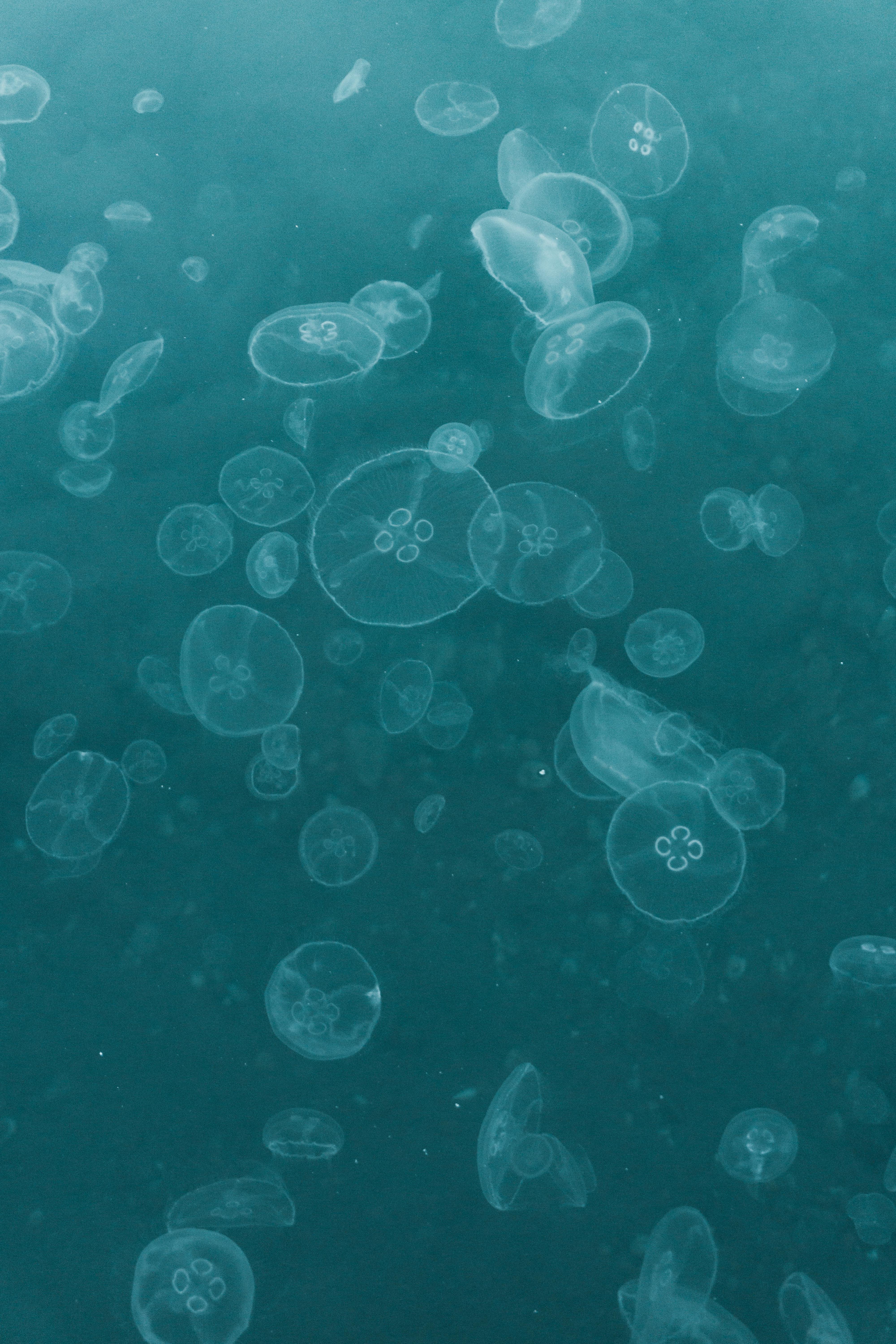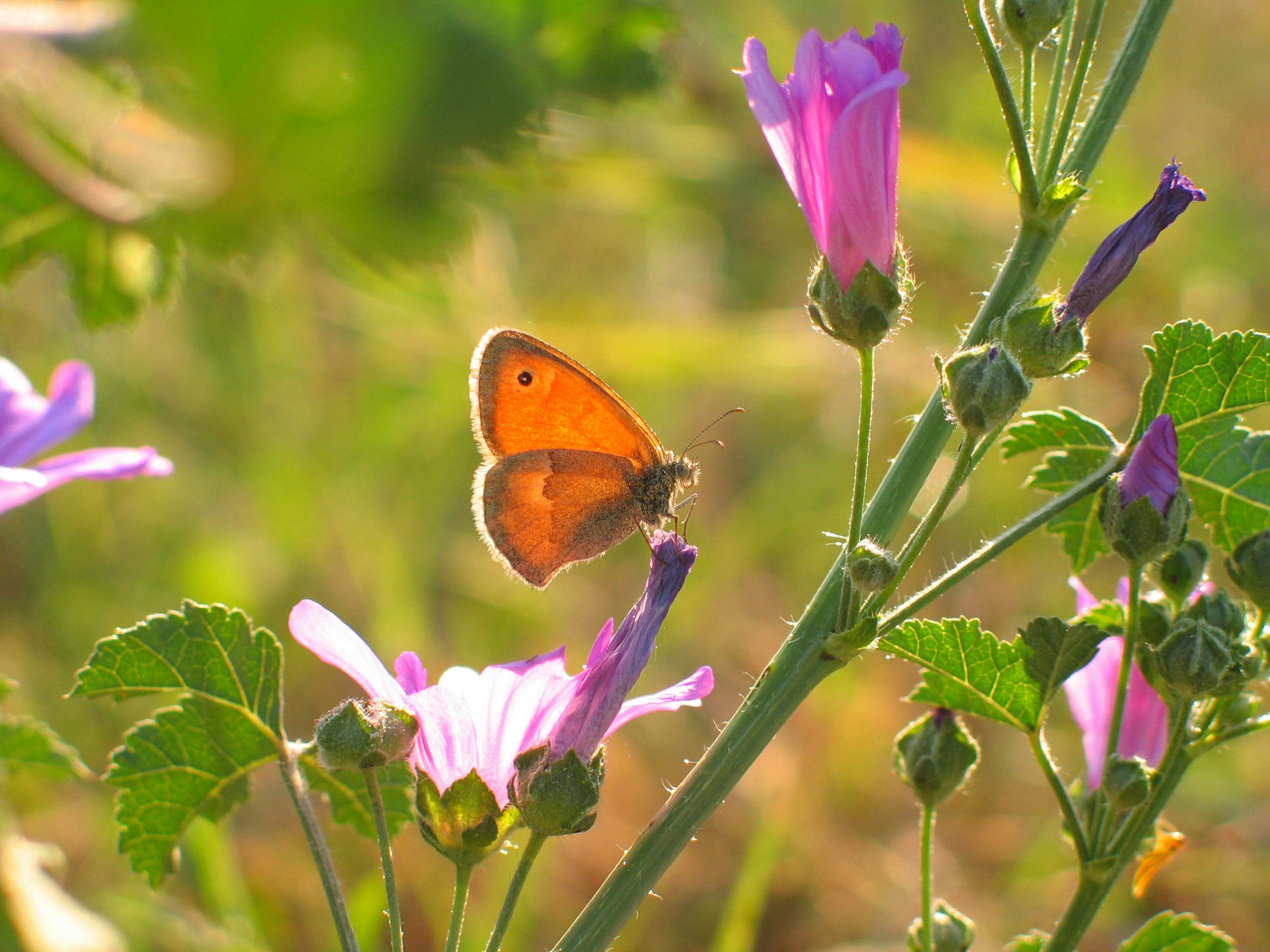
Top 5 Essential Pink Betta Fish Care Tips for a Healthy Aquarium in 2025
Pink betta fish have become a popular choice among aquarium enthusiasts due to their stunning appearance and unique personalities. To ensure that your pink betta fish thrives, it's essential to understand their specific requirements for habitat, care, and well-being. In this article, we’ll delve into the top five essential tips for betta fish care that will help you create a healthy home for your colorful aquatic pets. From tank setup to nutrition, let's explore how you can provide the best environment for your pink betta fish.
1. Proper Tank Setup for Your Betta Fish
The first step in caring for your pink betta fish is to set up the ideal tank. A properly sized and equipped betta fish tank is crucial for their health. Aim for a minimum tank size of 5 gallons; smaller tanks can lead to poor water quality and higher stress levels for the fish. Ensure the tank is equipped with a good-quality betta fish filter to maintain clean water, as bettas are sensitive to water conditions. Additionally, include hiding spots such as plants, rocks, or decorations, which can reduce stress and provide a sense of security for your fish.
Choosing the Right Tank Size
While you may be tempted to keep your betta fish in a smaller container, it’s essential to recognize that larger tanks create a more stable environment. For instance, a 10-gallon tank can accommodate your pink betta fish while providing ample space for aquatic plants and other fish tank decorations. This not only enhances the visual appeal of your aquarium but also supports the natural behavior of the fish, such as swimming and hiding.
Tank Water Conditions
Maintaining the right water conditions is vital for your pink betta fish's health. Betta fish thrive in slightly acidic to neutral water (pH 6.5-7.5) and a temperature range of 76°F to 82°F. Invest in a reliable aquarium heater and thermometer to monitor and regulate the temperature effectively. Regular water changes of about 25% every two weeks will help keep the environment clean and prevent algae growth, ensuring your fish remain active and vibrant.
2. Nutritional Needs of Pink Betta Fish
Feeding your pink betta fish a balanced diet is essential to their growth and overall betta fish health. Quality nutrition will not only promote proper development but also enhance their vibrant colors. Betta fish are carnivorous and require a diet rich in protein. Commercial betta fish food designed specifically for these fish can be beneficial. Feeding them high-quality pellets, freeze-dried bloodworms, and brine shrimp can make a significant difference.
Establishing a Feeding Schedule
Creating a betta fish feeding schedule is essential. Feed your pink betta fish once or twice daily, offering only what they can consume in 2-3 minutes to prevent overfeeding and maintain water quality. Young bettas may require more frequent feeding – consider providing them with smaller portions multiple times a day as their growth rates are often higher. This attention to the feeding schedule not only ensures proper nutrition but establishes a routine that can minimize stress for your fish.
Signs of Nutritional Deficiencies
Be observant of your pink betta fish; they should exhibit signs of good health, such as vibrant colors and active swimming. If you notice fading colors, lethargy, or signs of betta fish diseases such as fin rot or bloating, it may indicate nutritional deficiencies. Regularly evaluate your feeding practices and reach out to aquatic specialists if health issues arise.
3. Understanding Betta Fish Behavior
Understanding betta fish behavior is crucial to keeping your pink betta fish in a stress-free environment. Bettas are unique creatures known for their intelligence and territoriality. Males are particularly aggressive towards each other, so housing them together is often inadvisable unless in specially designed breeding tanks. Female bettas can coexist more peacefully, but careful monitoring is still required.
Behavior in Groups
When kept in a betta fish community tank, it’s vital to select tank mates that are non-aggressive and compatible. Look for species that occupy different layers in the tank, such as tetras or corydoras. This minimizes conflicts and gives your pink betta fish space to roam. Observing your fish’s interactions can offer valuable insights into their social structure and stress levels.
Signs of Stress in Betta Fish
Pink betta fish are highly expressive and will show signs of stress through their behavior. If they hide excessively, flare their fins, or display a lack of interest in food, these are indications that changes to the environment may be needed. Maintaining optimal betta fish water conditions and providing enough hiding spots will help reduce stress and promote a peaceful environment.
4. Breeding and Care of Betta Fish Fry
Breeding betta fish can be a rewarding experience but requires careful planning and attunement to their specific needs during this process. Once you have successfully paired a male and female, create a separate breeding tank with appropriate conditions for both parents and fry. Proper betta fish breeding tanks should include gentle filtration and ample hiding spots.
Setting Up a Breeding Tank
When setting up a breeding tank, use a smaller size to help contain the pair and control the breeding environment. Install a sponge filter to maintain water quality while keeping fry safe from entrapment. Ensure the breeding tank water temperature is kept at the ideal level, and monitor both the male and female for stress signs. Once the fry have hatched, provide powdered food until they are large enough for regular betta fish food.
Caring for Betta Fry
Caring for young bettas is an exciting yet demanding process. Ensure they have adequate betta fish habitats with proper lighting and water conditions. As fry grow, gradually introduce appropriate-sized food based on their growth stage. Moreover, keeping the tank clean is essential, with routine evaluations to avoid diseases common in young bettas.
Key Takeaways
- Setting up an appropriate tank is crucial for your pink betta fish’s health.
- Feed your fish a balanced diet on a consistent schedule to prevent nutritional deficiencies.
- Understanding betta fish behavior helps manage their interactions and reduce stress.
- Breeding requires specific preparations, including a suitable tank setup for both adults and fry.
- Regular maintenance and observation contribute significantly to the well-being of your betta fish.
FAQ
1. What size tank is best for a pink betta fish?
A minimum of 5 gallons is recommended for a pink betta fish to thrive. A larger tank, such as 10 gallons or more, provides a stable environment, adequate swimming space, and the opportunity for a more diverse aquatic setup with plants and decorations.
2. How often should I feed my pink betta fish?
Feed your pink betta fish once or twice a day, providing an amount they can consume in 2-3 minutes. Adjust feedings based on their age and activity levels to ensure optimal growth and health.
3. Can I keep multiple betta fish together?
Male bettas should not be kept together due to their aggressive nature, but female bettas can coexist in groups if monitored closely. Creating a community tank with a variety of compatible species is ideal to minimize conflict.
4. What are common signs of illness in betta fish?
Common signs include lethargy, fading colors, loss of appetite, and abnormal swimming patterns. If you notice any of these symptoms, consult with an aquatic specialist for guidance on treatment.
5. How can I ensure the best water quality for my betta fish?
Regular water changes (at least 25% every two weeks), using a quality filter, and monitoring pH levels (6.5-7.5) and temperature (76°F to 82°F) are essential practices for maintaining optimal water quality in your pink betta fish’s tank.

